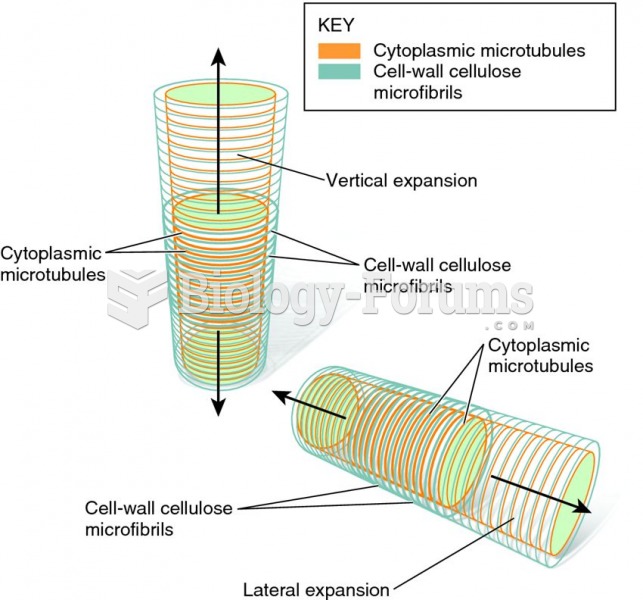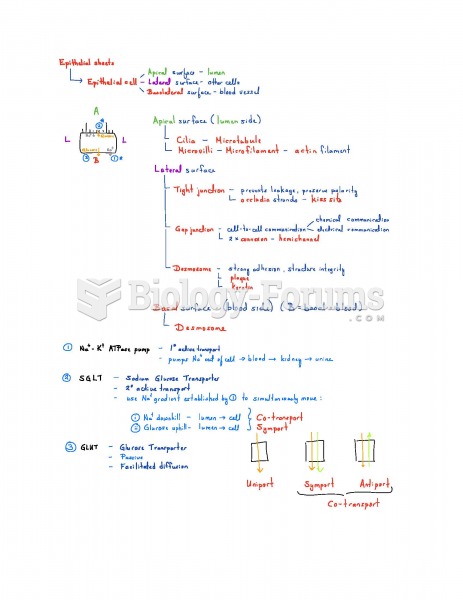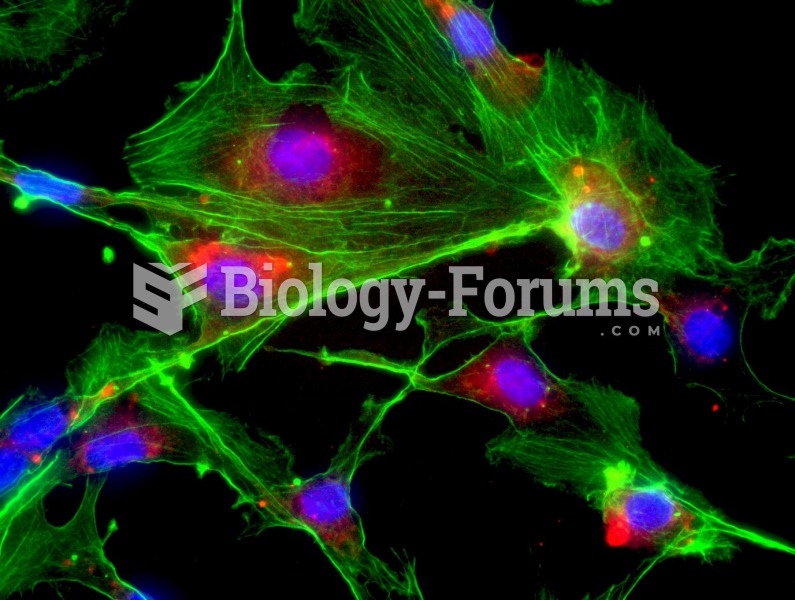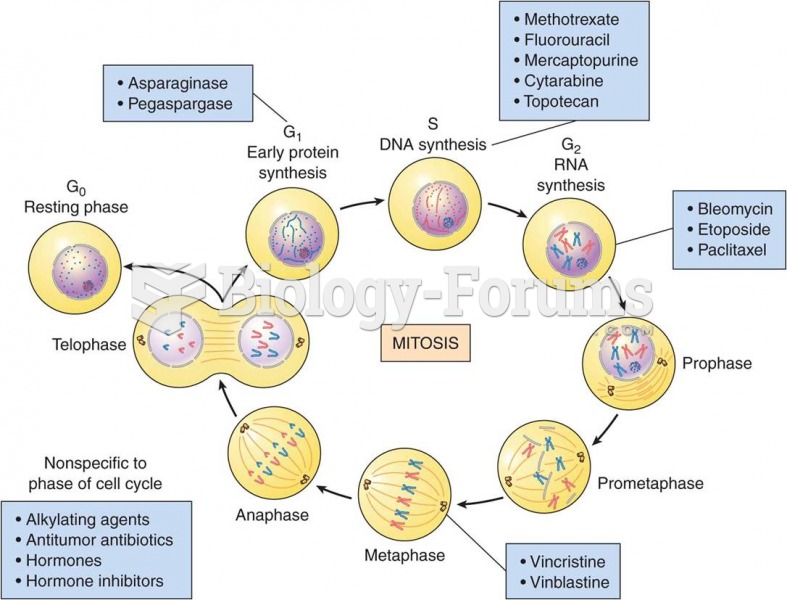Answer to Question 1
A workcenter is a process-focused layout that groups together similar equipment or functions. The materials move from department to department for completion of similar activities and tasks. This layout provides flexibility in that equipment, and personnel can be used where they are needed, lower equipment investment is needed, and supervisors gain expertise in their functions. The downsides of the workcenter layout are related to the materials-handling and movement costs, worker idle time between tasks, and the cost of training and developing a highly skilled workforce that can move between areas.
The manufacturing cell is another process-focused layout that dedicates production areas to a narrow range of products that are similar in processing requirements. Setting up a manufacturing cell involves four activities: (1) identifying families of parts with similar flow paths, (2) grouping machines into cells based on part families, (3) arranging cells so materials movement is minimized, and (4) locating large shared machines at the point of use.
An assembly line is a product-focused layout in which machines and workers are arranged according to the progressive sequence of operations need to make a product. Often used for mass-production of goods, the assembly steps are completed at workstations that are typically linked by materials handling equipment. An assembly line can begin as many different lines, each devoted to a different component of a product, with the lines converging upon one another, becoming fewer until only one line is left for the final product.
Continuous process facilities are similar to assembly lines, with product flowing through a predetermined sequence of stops. The main difference is the continuous, rather than discrete, nature of the flow.
Answer to Question 2
A classic concern in retailing is the old mantra you've heard, location, location, location, that is, how to identify an ideal site location for one's store. Marketers are hired to study environmental data such as population densities, income and social class distributions, median ages, and household composition if that is relevant to a particular store (e.g., placement of a toy store vs. a dance club). Site location models essentially predict the likelihood of a successful outlet as measured by predicted sales as a function of those density stats. If you're Starbucks, it's population density and urban, upscale, high foot traffic. If you're Walmart, it's rural for the store's footprint but well placed with respect to car traffic, and average or downscale socioeconomic ZIP codes.







